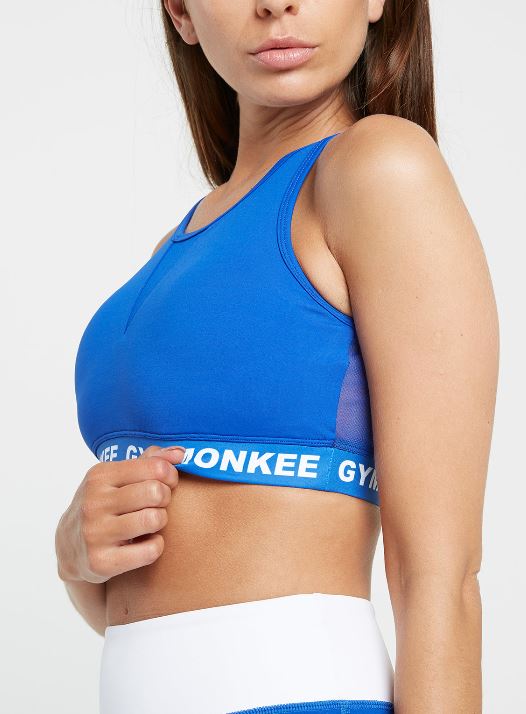Can your prices ever be too low?

Navigating the Price-Value Paradox: The Impact of Low Pricing on Brand Perception and Quality Assurance
In the intricate dance of pricing within the marketplace, businesses are constantly challenged to find the sweet spot between affordability and maintaining the perceived value of their offerings. The low-pricing model, often adopted to increase sales volume, brings with it a set of questions regarding the relationship between price, quality, and consumer trust. This discussion becomes even more relevant in the context of Gym Monkee, a brand known for its high-quality fitness apparel, contemplating a pricing strategy that could redefine the way consumers perceive value.
The Psychology Behind Pricing: Perception vs. Reality
The conventional belief that lower prices drive higher sales volumes is nuanced by the concern that such pricing strategies might also lower the perceived value of the product. The adage “you get what you pay for” encapsulates a widespread consumer suspicion that a lower price might indicate inferior quality. This skepticism is particularly pronounced in sectors where quality and performance are non-negotiable, such as fitness apparel.
The Case Study of 99p Pricing Strategy
Retail giants like Poundland have successfully harnessed the power of the 99p price point, attracting consumers eager for bargains without necessarily compromising on quality. However, this model raises eyebrows when applied to brands like Gym Monkee, whose reputation for quality might seem at odds with the bargain basement pricing. Could a 99p price tag on premium fitness wear undermine the brand's perceived value, or might it present an unrivaled opportunity for consumers to access high-quality goods at a fraction of the cost?
Gym Monkee's Potential Pricing Revolution
Imagine Gym Monkee apparel, renowned for its design and fabric quality, being offered at an eye-catching price of 99p. This strategy could revolutionize the way consumers approach fitness apparel shopping, turning high-quality items into impulse buys due to their irresistible price points. The underlying principle is simple: by making the purchase virtually risk-free, Gym Monkee could dismantle barriers to trial and foster a new level of brand loyalty, all while maintaining its commitment to quality.
The Balance Between Affordability and Perceived Quality
The success of Pound Stores illustrates a consumer willingness to embrace budget-friendly products without equating low cost with low quality. Yet, the acceptance of 99p pricing for fitness apparel hinges on overcoming the preconception that price is a direct reflection of quality. High-end fitness brands have conditioned consumers to associate premium pricing with superior attributes, from advanced fabric technologies to ergonomic design.
Strategic Clearance or Perception Pitfall?
Gym Monkee’s consideration of a 99p pricing strategy could be a tactical move aimed at inventory management rather than a signal of diminished quality. This approach allows the brand to refresh its product lineup without undermining the quality that customers have come to expect. The challenge lies in communicating this strategy effectively, ensuring consumers understand the rationale behind the pricing without misinterpreting it as a compromise on quality.
Striking the Perfect Balance
The exploration of a 99p pricing strategy by Gym Monkee serves as a compelling case study in the complex dynamics of pricing, brand perception, and consumer trust. In a marketplace where value and affordability are paramount, brands face the critical task of balancing competitive pricing with the preservation of their product's perceived value. For Gym Monkee, and indeed any brand considering similar strategies, the key lies in transparent communication and unwavering commitment to quality, ensuring that low prices enhance rather than detract from the brand's value proposition.
Navigating the delicate equilibrium between price competitiveness and maintaining a product's esteemed value is an intricate endeavor that requires strategic finesse and a deep understanding of consumer psychology. As Gym Monkee ventures into this territory, the broader implications for market positioning and brand loyalty highlight the importance of thoughtful pricing strategies in today's competitive landscape.
